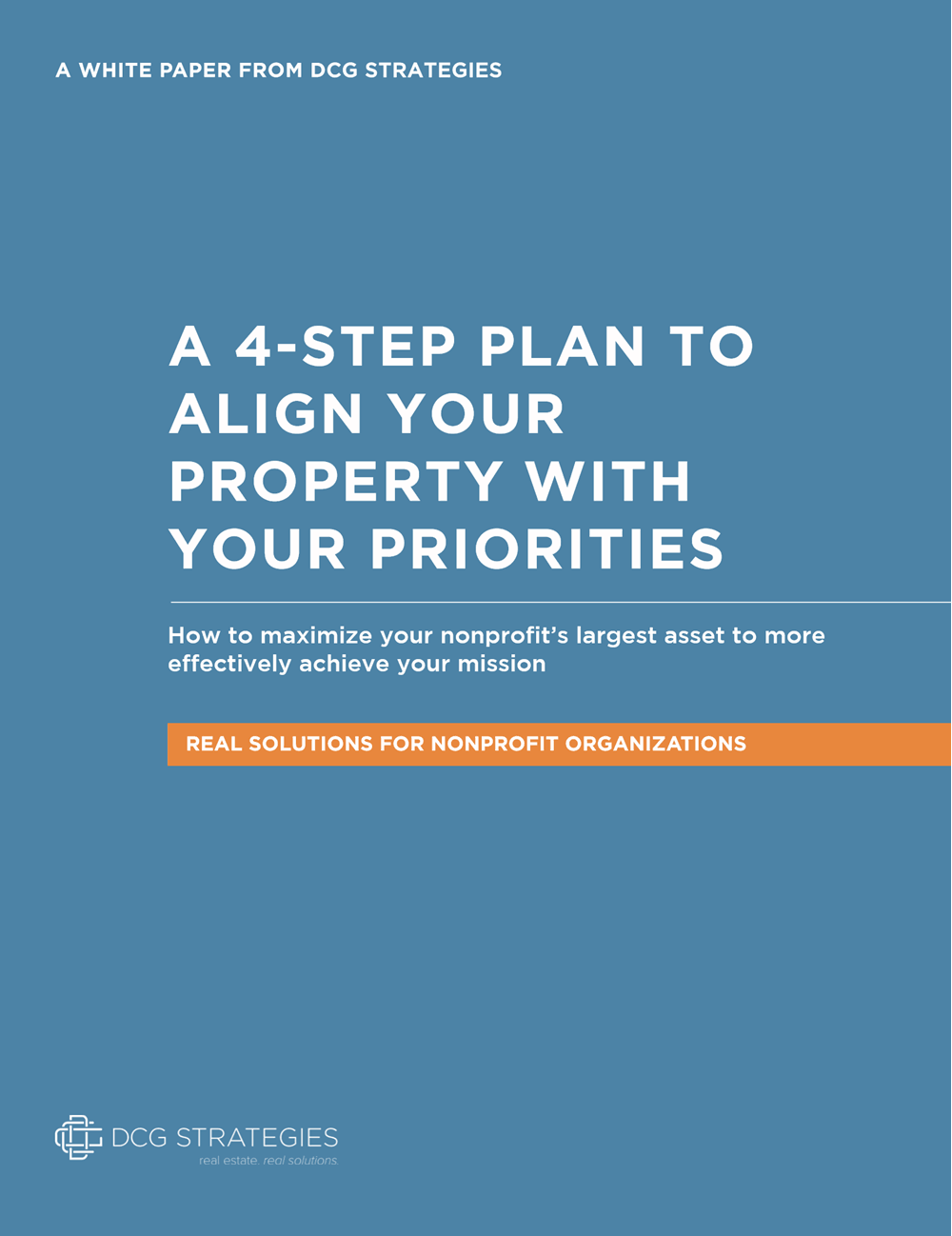Certain school projects really get people’s attention, and we are not talking about building new classrooms or labs. Auditoriums, ball fields, and high school stadiums tend to get people off their couches and out to the school board meeting. This is especially true with another kind of a project: a pool.
There’s no doubt that school construction projects are going to stir up some strong opinions within a community. Many rural areas in the United States lack access to public pools. As a result, a public pool presents many opportunities. That’s why school districts sometimes embark upon these projects despite their magnitude— and school pool projects can be enormous undertakings.
A competition-grade indoor aquatic center can cost tens of millions of dollars. For example, in one Illinois district, school officials were weighing options that would cost anywhere from $48 million to $60 million. These deliberations took place after the districts had ruled out an on-site renovation that would have cost substantially more.
Pools aren’t cheap to maintain, either. A couple of years ago, the city of Fresno put out a news release thanking an anonymous donor for their $7,200 donation, a gift that would cover the maintenance of the community center pool for a grand total of six weeks. According to one report, communities and schools closed several hundred pools each year during the recession simply because they couldn’t afford to maintain them. Another consideration is longevity; when pools age, they often develop serious problems. Pumps breaks, tiles crack, and the showers and bleachers need replacing. Pools require extensive renovations. Some districts and municipalities have simply opted to demolish them, even at considerable expense.
School Pool Projects Present Many Opportunities
That being said, there are many good reasons for a district to build a pool. Most obviously, kids need to learn how to swim, but they often live in places without a public pool. Pools also enable districts to form swim teams and to engage in water sports. After hours, the community can splash around with their infants or bring their children to swim lessons, which are sometimes offered through partnerships with the YMCA and other groups. Few other school projects can do as much to raise up the quality of life in a neighborhood and town.
School districts have also found that certain financial opportunities can accompany public pools. A private boarding school in Chattanooga, TN built a 50-meter competitive pool because it saw the project’s potential to help attract future students. The pool was the only one within a 130-mile radius, according to one report. So, the school believed that it could get some money if they offered swimming lessons and competitive meets.
Swimming clubs are often willing to pay a tidy sum to lease space in a pool. One study estimated that more than 90 percent of an estimated 3,000 swim clubs in the U.S. lease their pool time. Some pools have also found creative ways of bringing in money such as allowing local companies to put up banners and ads (for a fee). Also, wealthy benefactors often donate generously to pool projects, and schools and communities have found that the community will frequently chip in with donations during capital campaigns.
School Pool Projects Often Stir Passions
A pool project is bound to inspire passion– that’s because it is a public project. Chances are, the community will be traveling to the district to use these facilities. In the public’s mind, the new pool belongs as much to them as to the school district.
Although some may view these projects as consumptive, wasteful spending, a large faction of the community is bound to see the project as necessary for improving their lives. During the recession, a school district in University City, MT, contemplated closing its pool because it was faced with $1.5 million in repairs and could not afford the $115,000 annual expense in maintenance. More than 70 people showed up at the school board meeting to protest the closure.
A pool project presents a tremendous challenge, but also a unique opportunity for a district. It is certain that no district should embark on a pool project without careful planning. It starts with finding the right location. Some districts have found it much more affordable to build off-campus, and then jointly build pools with municipalities or organizations like the YMCA. There are many questions to explore, and a commercial real estate consultant can be an invaluable resource in helping a district find the right property and fit for the district and municipality.
If your district or municipality is considering a pool project, you don’t have to go it alone. You can get a thorough analysis of properties from a consultant whose community values align with your own. Contact DCG Real Estate today to learn more.





